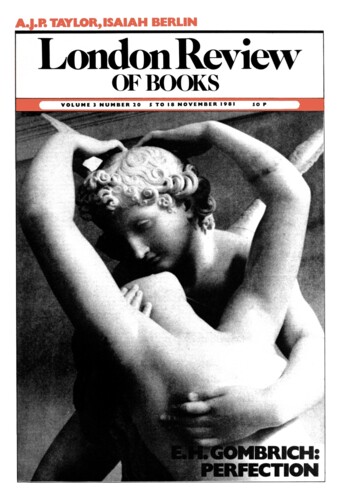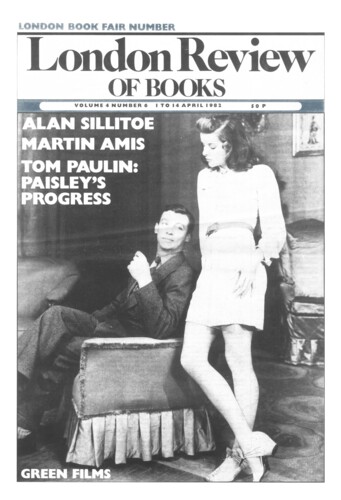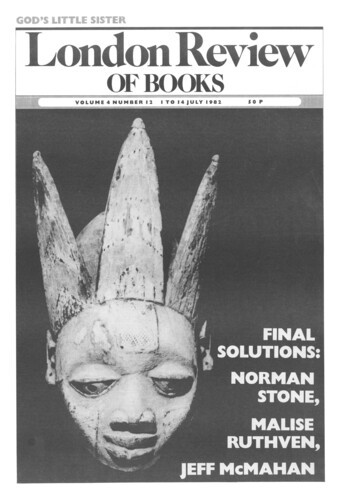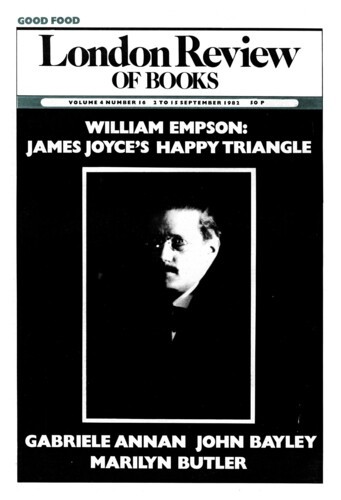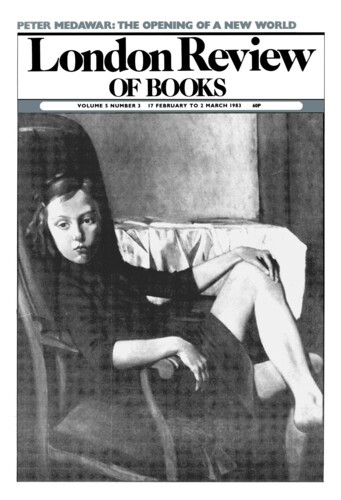Bad Feeling
Gabriele Annan, 5 November 1981
Death at Astopovo, like death at Mayerling, has become part of Western mythology. People like to imagine the scene and to hear the story that led up to it over and over again. Kenneth MacMillan began his ballet Mayerling with a prologue tableau of the end: black figures with umbrellas stand and watch the snow falling into Maria Vetsera’s open grave. The snow falls at Astopovo too, where Anne Edwards sets her prologue and shows us Countess Tolstoy outside the stationmaster’s hut, trying to catch a glimpse of her dying husband through the curtained windows.
